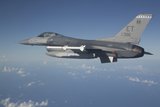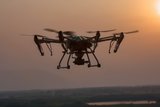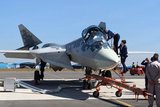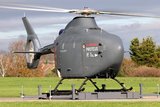Why is the US military focusing on having low-cost, disposable drones in its inventory?
A Marine pilots a drone target. (Photo: USMC)
Aware of the tactical and operational advantages cheap, disposable UAVs can provide, the Pentagon and its services and agencies have been conducting multiple programmes to acquire, develop and improve this type of capability.
Also known as loitering munition, suicide, kamikaze, exploding and one-way attack drones, those systems offer faster response, precise targeting and lower collateral damage. Moreover, it enables destroying multi-million dollar enemy assets at a lower cost.
The focus on cheap drones represents a shift in the US military’s posture as the DoD has traditionally relied on expensive, high-technology UAVs. Its approach has changed due to lessons learned from
Already have an account? Log in
Want to keep reading this article?
More from Air Warfare
-
![MBDA and Lockheed move closer to F-35A Meteor flight tests]()
MBDA and Lockheed move closer to F-35A Meteor flight tests
Following the completion of successful ground tests, one more exercise remains before flight testing can begin.
-
![Brazilian Air Force conducts first live fire of Meteor missile from Gripen E]()
Brazilian Air Force conducts first live fire of Meteor missile from Gripen E
The major milestone for the beyond-visual-range air-to-air missile was conducted in November and expands the capabilities of the air force’s growing Gripen E fleet.
-
![India finally powers up engine production as it prepares to talk platforms with Putin]()
India finally powers up engine production as it prepares to talk platforms with Putin
Engine technology has been thrust into the spotlight ahead of Russian President Vladimir Putin’s visit to India this week, with the Su-57, S-400 and Kamov-226 expected to be high on the agenda.
-
![Leonardo’s Proteus concludes ground tests with maiden flight on horizon]()
Leonardo’s Proteus concludes ground tests with maiden flight on horizon
The technology demonstrator forms part of a wider effort to help the Royal Navy explore the potential of uncrewed systems supporting its existing crewed aviation platforms.






















